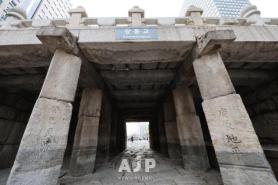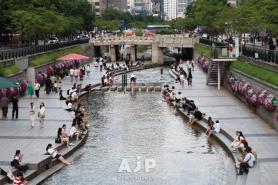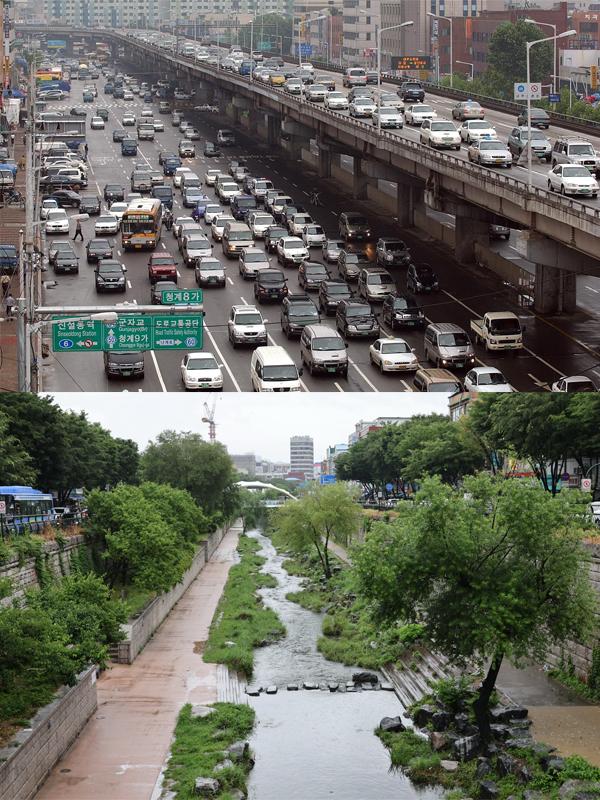
Bottom: The restored Cheonggyecheon stream flows through downtown Seoul on June 20, 2025. AJP Cho Bo-hee / Graphics by AJP Song Ji-yoon
SEOUL, October 24 (AJP) - Cheonggyecheon has run through the heart of Seoul for more than six centuries — once a bustling stream in the old market district during the Joseon Dynasty, later entombed beneath concrete as the city modernized.
Since its restoration in 2005, the waterway has evolved from a civic project into a living symbol of ecological renewal — proof that nature, when given room and care, can return even to the center of a metropolis.
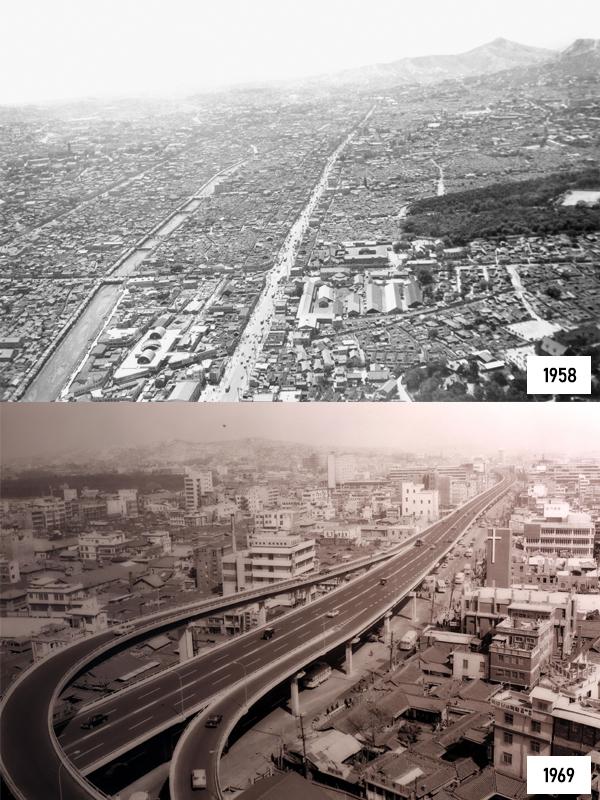
Bottom: Cheonggye Elevated Highway, shortly after completion in 1969. Courtesy of the Cheonggyecheon Museum / Graphics by AJP Song Ji-yoon
Nearly 20 years on, scientists have confirmed the presence of swiri (Coreoleuciscus splendidus), a rare freshwater fish native only to the Korean Peninsula and known to inhabit clean, fast-flowing streams. Its discovery, announced by the National Science Museum, underscores how far Cheonggyecheon's ecosystem has come since its rebirth.
"It was both surprising and delightful to find swiri in Cheonggyecheon," said Dr. Hong Yang-ki of the National Science Museum. "This fish survives only in pristine, swiftly moving waters — so its presence shows that the stream's water quality has been consistently well maintained."
The museum's survey covered six sites along the stream, from Cheonggye Plaza to its confluence with the Jungnangcheon River, revisiting the exact locations studied two decades ago. Earlier monitoring ended in 2019, but this year's findings revealed striking biodiversity gains — from bitterling and chub to endemic Korean species such as Rhodeus uyekii and Zacco koreanus.
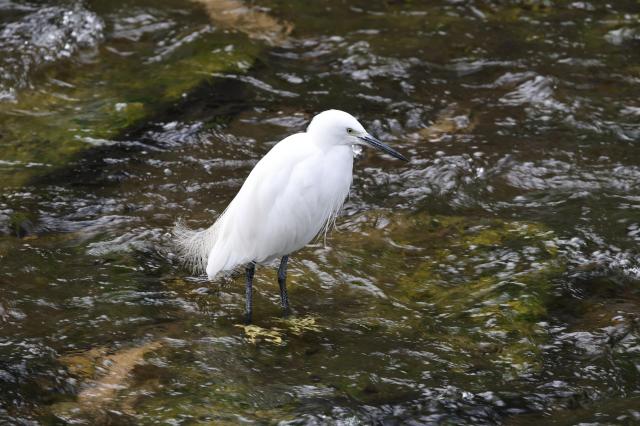
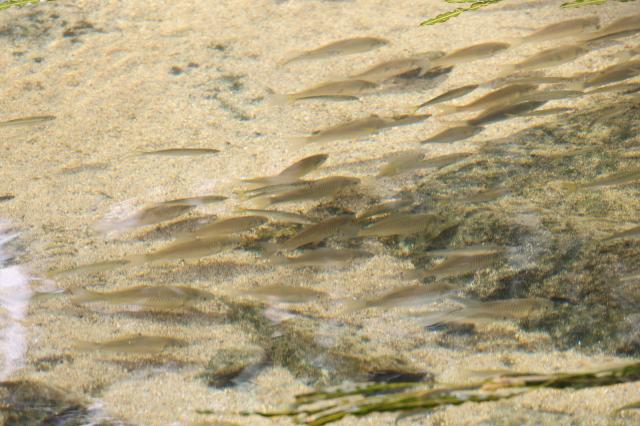
Before restoration began in 2003, Cheonggyecheon supported only a handful of pollution-tolerant fish like carp and mudfish. Today, its clear waters sustain a balanced ecosystem of species adapted to varying flow speeds and habitats.
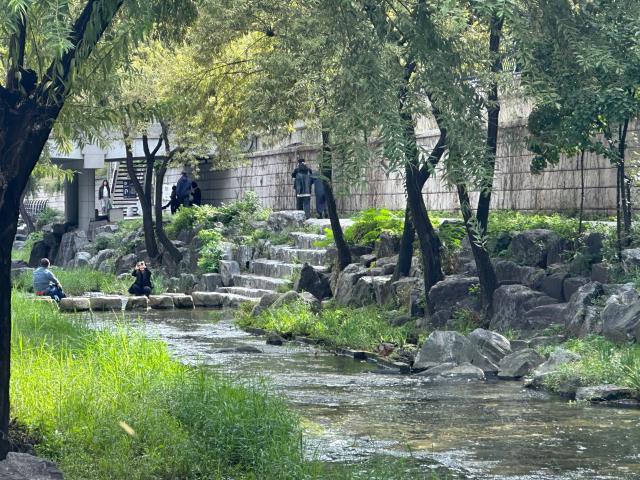
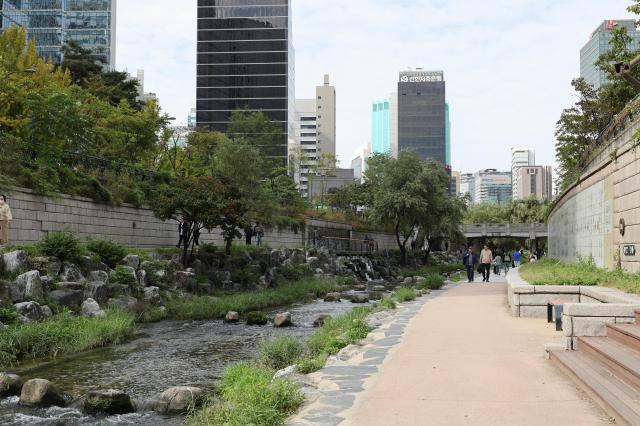
This year's findings marked a milestone:
"We discovered newly hatched juvenile swiri for the first time since restoration," Dr. Hong said. "It means they're not just surviving, but breeding naturally within Cheonggyecheon itself."
Researchers plan to conduct seasonal follow-up surveys and share results with Seoul City to shape long-term conservation strategies.
Once buried beneath a highway overpass, Cheonggyecheon now hums again with the quiet pulse of life — a reminder that even in a city of ten million, nature can still find its way home.
Copyright ⓒ Aju Press All rights reserved.

